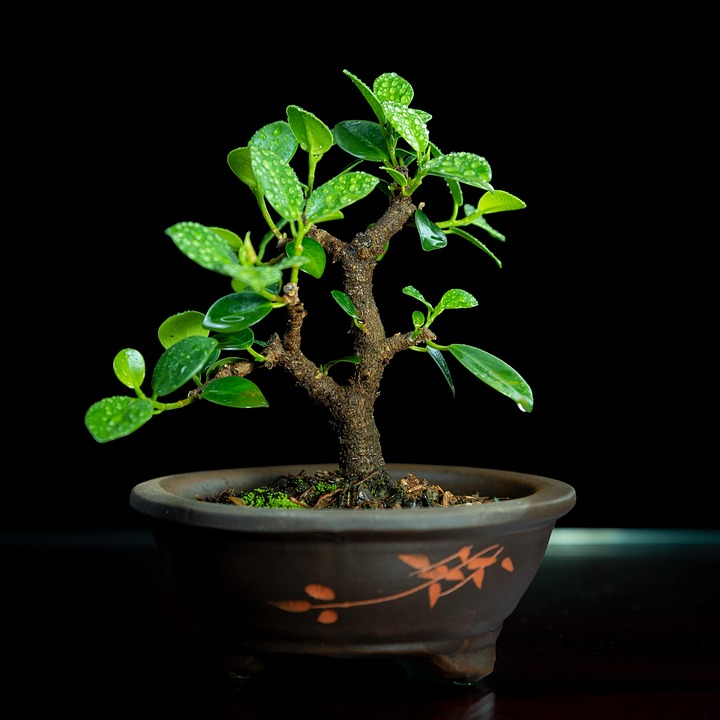The Ultimate Guide to Thriving Indoor Plants: Tips for Maintenance and Care
Indoor plants not only add beauty to your home or office space but also provide numerous health benefits. From purifying the air to reducing stress, indoor plants are a must-have for any indoor environment. However, to ensure that your indoor plants thrive and stay healthy, proper maintenance and care are essential. In this ultimate guide, we will provide you with tips and tricks to help your indoor plants flourish.
Choosing the Right Plants
Before you start caring for your indoor plants, it’s essential to choose the right ones for your space. Consider factors such as light levels, humidity, and temperature when selecting indoor plants. Some popular indoor plants that thrive in most environments include pothos, spider plants, and peace lilies.
Lighting Requirements
Light is essential for plant growth, so it’s crucial to provide your indoor plants with adequate light. Most indoor plants thrive in bright, indirect light. Place your plants near a window where they can receive sunlight but are not exposed to direct sunlight, which can burn their leaves. If your space lacks natural light, consider using grow lights to supplement the light for your plants.
Watering Schedule
One of the most common mistakes people make when caring for indoor plants is overwatering. Each plant has different watering requirements, so it’s essential to research the specific needs of your plants. In general, most indoor plants prefer to dry out slightly between waterings. Check the soil moisture before watering your plants to avoid root rot.
Fertilizing Your Plants
Indoor plants require nutrients to thrive, so it’s essential to fertilize them regularly. Use a balanced liquid fertilizer once a month during the growing season to provide your plants with the necessary nutrients. Be cautious not to over-fertilize, as it can lead to nutrient build-up in the soil and harm your plants.
Humidity Levels
Indoor plants thrive in a humid environment, so it’s essential to maintain proper humidity levels for your plants. If your space is too dry, consider using a humidifier or placing a tray of water near your plants to increase humidity. Mist your plants occasionally to provide additional moisture, especially during the dry winter months.
Pest Control
Indoor plants are susceptible to pests such as spider mites, mealybugs, and aphids. Regularly inspect your plants for signs of pests, such as yellowing leaves or sticky residue. To control pests, gently wipe the leaves with a damp cloth or use insecticidal soap. Avoid using harsh chemicals that can harm your plants and opt for natural pest control methods instead.
Pruning and Trimming
Regular pruning and trimming are essential for maintaining the health and appearance of your indoor plants. Remove dead or yellowing leaves to encourage new growth and prevent the spread of disease. Trim leggy stems to promote bushier growth and maintain the shape of your plants. Use sharp, clean scissors to avoid damaging your plants.
Repotting Your Plants
As your indoor plants grow, they may outgrow their pots and become root-bound. It’s essential to repot your plants occasionally to provide them with fresh soil and room to grow. Choose a pot that is slightly larger than the current one and use well-draining soil to prevent waterlogged roots. Repot your plants in the spring or early summer when they are actively growing.
Common Issues and Solutions
Even with proper care, indoor plants may face common issues such as yellowing leaves, wilting, or pest infestations. Address these issues promptly to prevent further damage to your plants. Yellowing leaves may indicate overwatering or nutrient deficiencies, while wilting could be a sign of underwatering or root rot. Identify the problem and take appropriate measures to revive your plants.
Conclusion
Caring for indoor plants may seem daunting at first, but with the right knowledge and techniques, you can help your plants thrive and stay healthy. Remember to choose the right plants for your space, provide them with adequate light and water, and maintain proper humidity levels. Regularly inspect your plants for pests and diseases, and take prompt action to address any issues. With proper care and attention, your indoor plants will flourish and bring beauty and joy to your indoor environment.
By following the tips and guidelines provided in this ultimate guide, you can create a thriving indoor garden that will enhance your space and improve your well-being. Happy gardening!




















































